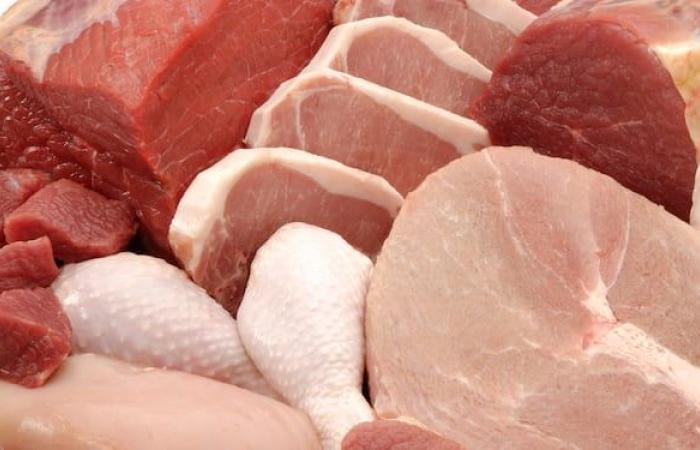This content is produced by Laval University.
Canadian consumers don’t always get what they pay for when they buy meat foods that claim to contain beef, suggests a study published in the scientific journal Food and Humanity by a team from Laval University. The work of this team reveals that beef often represents a marginal fraction of the total meat content of these products. Worse yet, some of these foods don’t contain beef in any measurable amount.
The research team arrived at these findings after analyzing samples of 68 processed or ultra-processed foods containing beef and at least one other type of meat. These were most often meats less expensive than beef such as pork, chicken or turkey, or even lamb. These products were purchased in four supermarkets in Quebec City between January and September 2023. They included, among other things, ground meat, meatloaf, meat pies, sausages, sausages, meatballs, lasagna, pizza and sauces.
“Our only selection criterion for these products was that the list of ingredients had to include the term “beef” or “veal”. For 58 of these products, beef was explicitly listed in the ingredient list. For the 10 other products, the mention was “and/or beef”,” underlines the first author of the study, doctoral student Gabrielle Vatin, member of the team of Professor Samuel Godefroy, from the Department of Food and Agriculture Sciences. the Institute on Nutrition and Functional Foods at Laval University.
Researchers analyzed samples of these products to quantify their beef DNA and animal DNA content. “These data allow us to determine the relative abundance of beef compared to all the meats contained in each of these foods,” explains Gabrielle Vatin.
First observation: the quantity of beef contained in these products is variable and often very low. Indeed, 27% of samples that explicitly listed beef in the ingredients list contained between 0.04% and 5% beef relative to total meat content, and 13% contained less than 0.04%. “This means that in 40% of the samples we tested, beef represented less than 5% of the meat mixture,” summarizes Gabrielle Vatin. We can say that these products contain very little beef.
Second observation: beef is rare in the 10 products marked “and/or beef”. In each of these products, the percentage of beef in the meat mixture is below 3.3%. For seven of these products, the percentage of beef is below the 1% threshold, including two products where no trace of beef was detected.
Canadian regulations do not require manufacturers to specify the quantity of each ingredient contained in a food product, but the order of presentation of ingredients must reflect their abundance in terms of weight. “We found many products for which the rank occupied by beef in the list of ingredients did not reflect its rank in terms of abundance,” underlines the doctoral student.
Disappointed expectations
Alongside the laboratory analyses, the research team conducted a survey of 484 people to assess their knowledge and perceptions of the information on the label of multi-meat foods claiming to contain beef. “When beef appears as the first meat in the list of ingredients, a majority of respondents expect the product to contain at least 50% beef. In 70% of the products we tested, this was not the case,” notes the student researcher.
Furthermore, the analyzes revealed that 66% of respondents did not completely understand the meaning of the statement “and/or beef”. After learning its meaning, 87% of respondents believe the statement is misleading or potentially misleading.
“Our study shows that certain companies that manufacture multi-meat foods claiming to contain beef sometimes contravene certain provisions of Canadian food regulations. To correct this situation, inspectors from Canadian regulatory authorities would need to carry out more unannounced checks on companies. We should also better regulate the use of the term “and/or”,” suggests Gabrielle Vatin.
“As a consumer, I believe there is a problem when I am not able to know what is in the product I am purchasing. »
— Gabrielle Vatin
Furthermore, in order to better protect consumers, the doctoral student believes that we should consider a labeling system that would make it possible to know what quantity of each ingredient is found in a product. “As a consumer, I believe there is a problem when I am not able to know what is in the product I am purchasing.”
The other signatories of the study published in Food and Humanity are Jérémie Théolier, Silvia Dominguez and Samuel Godefroy.






